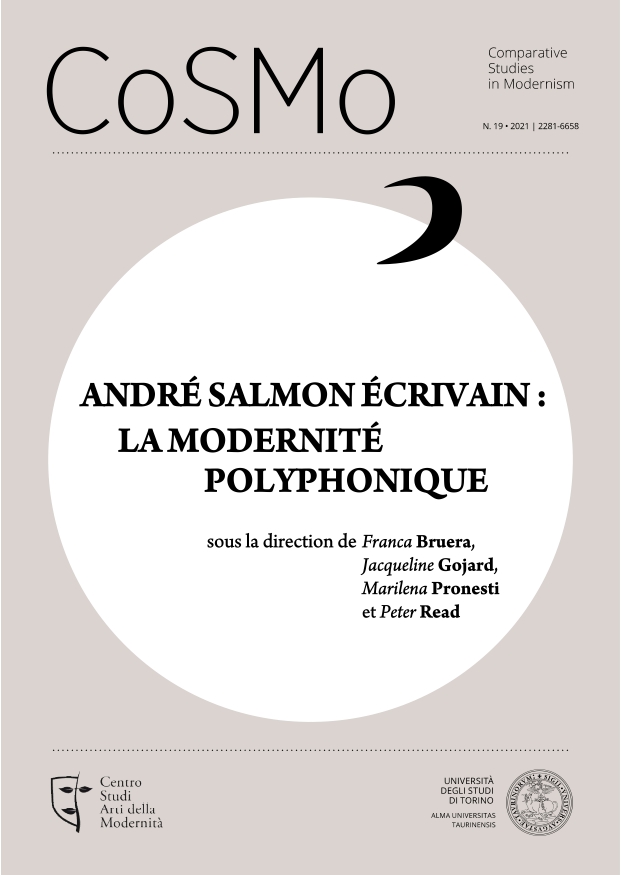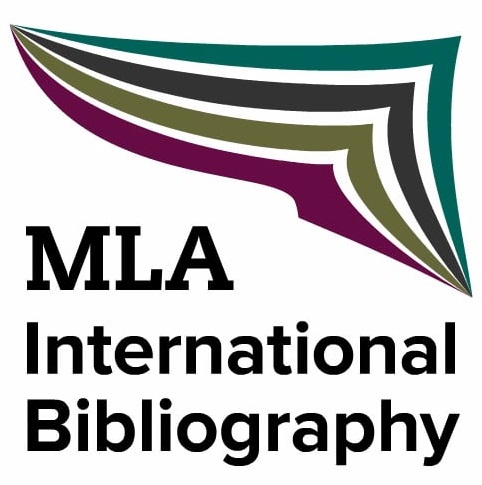Il Tanztheater: dalla danza libera di Rudolf Laban al metodo di Pina Bausch
La valenza simbolica del movimento in danza
DOI:
https://doi.org/10.13135/2281-6658/6352Parole chiave:
Tanztheater, Pina Bausch, Rudolf Laban, AusdruckstanzAbstract
This essay aims to retrace the history of Tanztheater, starting from the early 20th century, with the birth of free dance by the Hungarian master Rudolf Laban, to the contemporary Tanztheater later developed by the German dancer and choreographer Pina Bausch. The first step of the analysis consists in identifying the common points on a technical and compositional level. Then, we examine the innovations, mainly methodological, brought and systematically adopted by Pina Bausch since 1977, with the choreographic composition of the pièce “Blaubart”. In conclusion, the essay proposes a reflection about the symbolic dimension of movement and dance, which can be considered the main element in establishing continuity between the free dance of Rudolf Laban and the Tanztheater of Pina Bausch.
Downloads
##submission.downloads##
Pubblicato
Fascicolo
Sezione
Licenza
Gli autori mantengono i diritti sulla loro opera e cedono alla rivista il diritto di prima pubblicazione dell'opera, contemporaneamente licenziata sotto una Licenza Creative Commons - Attribuzione che permette ad altri di condividere l'opera indicando la paternità intellettuale e la prima pubblicazione su questa rivista.






